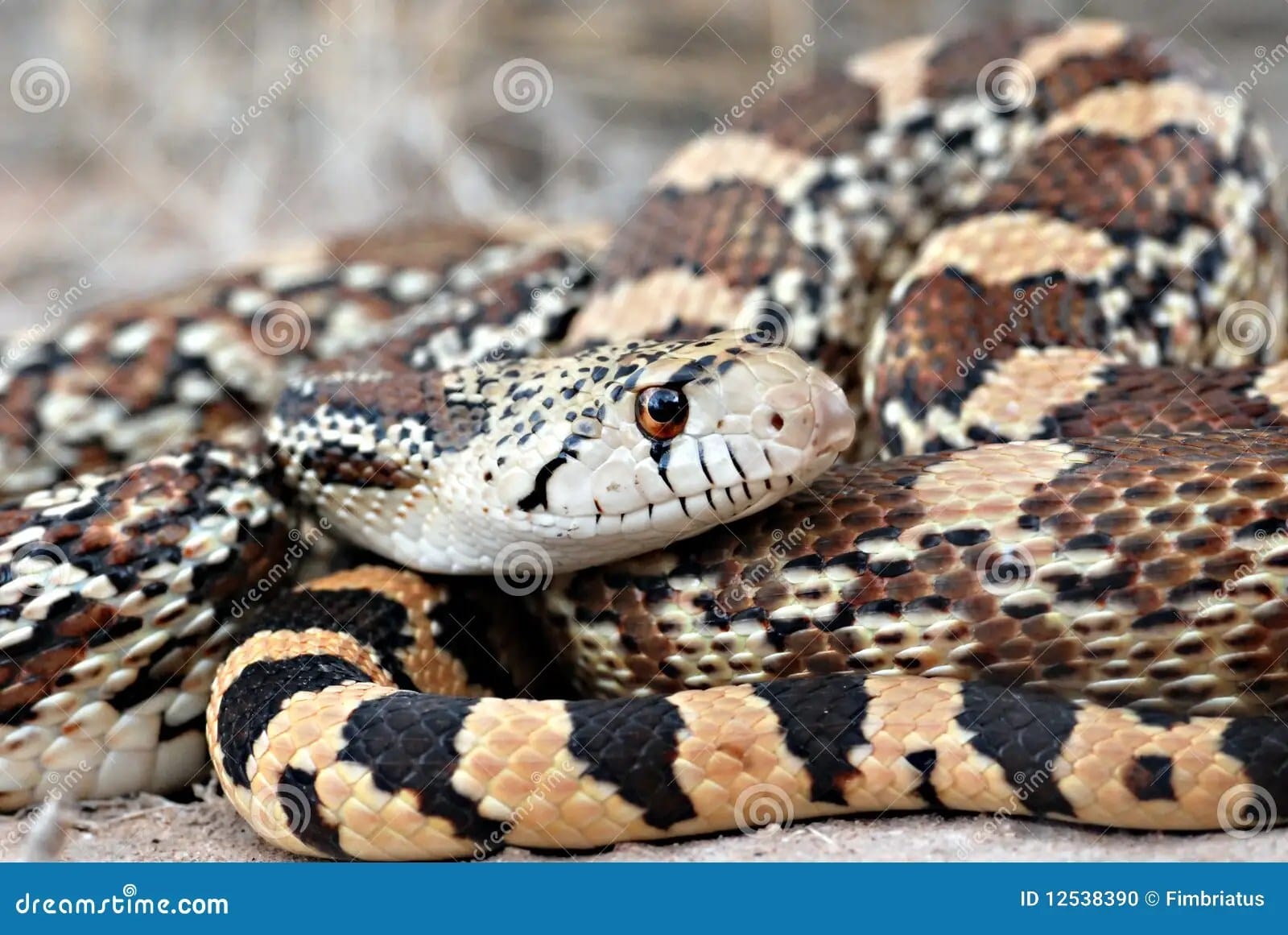Have you ever spotted a snake slithering through the Arizona desert and wondered, “friend or foe?” It’s a heart-stopping moment, especially when rattlesnakes come to mind. But what if that serpent wasn’t the venomous viper you feared, but the harmless imposter, the Arizona Gopher Snake? This comprehensive guide will equip you with the knowledge to confidently distinguish these two, exploring the fascinating world of the Arizona Gopher Snake and its crucial role in the ecosystem.
Unmasking the Imposter: Key Differences Between Arizona Gopher Snakes and Rattlesnakes
Mistaking an Arizona Gopher Snake for a rattlesnake is a common, and understandable, error. Both sport a similar wardrobe of pale scales adorned with dark blotches, a camouflage tactic blending them seamlessly into the Arizona landscape. However, a keen eye can spot the giveaway clues that set them apart:
A Tale of Two Patterns:
- Arizona Gopher Snakes: Imagine a canvas scattered with large, rounded blotches, often resembling stretched-out polka dots.
- Rattlesnakes: Their markings are more intricate, akin to a tightly woven tapestry of smaller, more defined blotches.
Sizing Up the Situation:
While both snakes can reach impressive lengths, size can offer a clue:
- Arizona Gopher Snake: Commonly reaching 4-6 feet, with record-breakers stretching up to 7.6 feet, earning them the title of Arizona’s largest snake.
- Rattlesnakes: While some species can rival the Gopher Snake in length, they generally average smaller sizes.
The Eyes Have It:
A snake’s eyes reveal more than meets the eye:
- Arizona Gopher Snake: Large, round pupils, like those of many harmless snakes, convey their non-venomous nature.
- Rattlesnakes: Their elliptical, cat-like pupils are a telltale sign of their venomous potential.
The Tail’s the Tale:
The most obvious difference lies at the very end:
- Arizona Gopher Snake: No rattle here! Their tails are smooth and taper to a point.
- Rattlesnakes: Their iconic rattle, a series of interlocking segments, is a dead giveaway.
Don’t Be Fooled By the Shake: When threatened, the Arizona Gopher Snake may employ a clever ruse, vibrating its tail rapidly against dry leaves, mimicking the sound of a rattlesnake. This bluff is often enough to deter predators, including wary humans.
Arizona Gopher Snake: A Gentle Giant
Despite their imposing size and convincing rattlesnake impersonation, Arizona Gopher Snakes are the pacifists of the reptile world. They’d much rather retreat from a confrontation than engage in a brawl. Their first line of defense is often a dramatic display of hissing, flattening their heads to appear larger, and of course, their signature tail-shaking act.
Debunking the Bite Myth: Are Arizona Gopher Snakes Venomous?
Here’s the good news that will set your mind at ease: Arizona Gopher Snakes are not venomous. They lack venom glands and fangs, making their bite no more threatening than a sharp pinch.
While they can bite if they feel extremely threatened, it’s a rare occurrence and a last resort. Their bite, though it may startle, is harmless to humans. No need to rush to the hospital, simply clean the area as you would any minor wound.
The Gardener’s Ally: Benefits of Arizona Gopher Snakes
Far from a creature to be feared, the Arizona Gopher Snake is a valuable asset to the ecosystem, particularly for gardeners and homeowners. Their diet primarily consists of:
- Rodents: Gophers, rats, mice – these garden pests are a Gopher Snake’s favorite meal.
- Other Prey: They may also consume lizards, birds, and bird eggs.
By keeping rodent populations in check, Arizona Gopher Snakes contribute to a healthy balance in the environment and help protect gardens and crops.
Living in Harmony: Coexisting with Arizona Gopher Snakes
Sharing your space with these gentle giants is usually a peaceful affair. They are not aggressive towards humans and generally prefer to steer clear. However, here are some tips to minimize encounters and ensure a harmonious coexistence:
- Remove Attractants: Eliminate potential food sources that might entice Gopher Snakes to your yard:
- Keep your property free of clutter, such as woodpiles, debris, and overgrown vegetation, which can harbor rodents and provide hiding spots.
- Store garbage securely in sealed containers.
- Seal up any gaps or holes in your home’s foundation or walls that could serve as entry points for rodents (and consequently, Gopher Snakes).
- Relocation, When Necessary: If you encounter an Arizona Gopher Snake in your yard and it’s causing concern, resist the urge to handle it yourself. Instead, contact your local animal control or a wildlife removal expert. They have the knowledge and tools to safely and humanely relocate the snake, ensuring the well-being of both the snake and yourself.
Conservation: Protecting Arizona’s Gentle Giants
While the Arizona Gopher Snake is not currently considered a threatened species, habitat loss and fragmentation due to human development pose potential risks to their populations. Here’s how you can contribute to their conservation:
- Education is Key: Share your newfound knowledge about Arizona Gopher Snakes with friends, family, and neighbors. Dispelling myths and promoting understanding are crucial steps in fostering appreciation for these beneficial reptiles.
- Support Conservation Efforts: Consider supporting organizations dedicated to reptile conservation and research.
A Final Word: Appreciating the Arizona Gopher Snake
The next time you encounter a snake slithering through the Arizona landscape, take a moment to observe from a safe distance before jumping to conclusions. It just might be the Arizona Gopher Snake, a master of disguise and a valuable member of the ecosystem. By learning to identify and understand these fascinating creatures, we can coexist peacefully and appreciate their role in maintaining the delicate balance of nature.
- Sept 31 Myth: Unveiling Calendar Secrets - March 18, 2025
- How Long & Till December 18, 2025: Accurate Countdown Guide - March 18, 2025
- Discover Japanese Artists: A Complete History - March 18, 2025
















